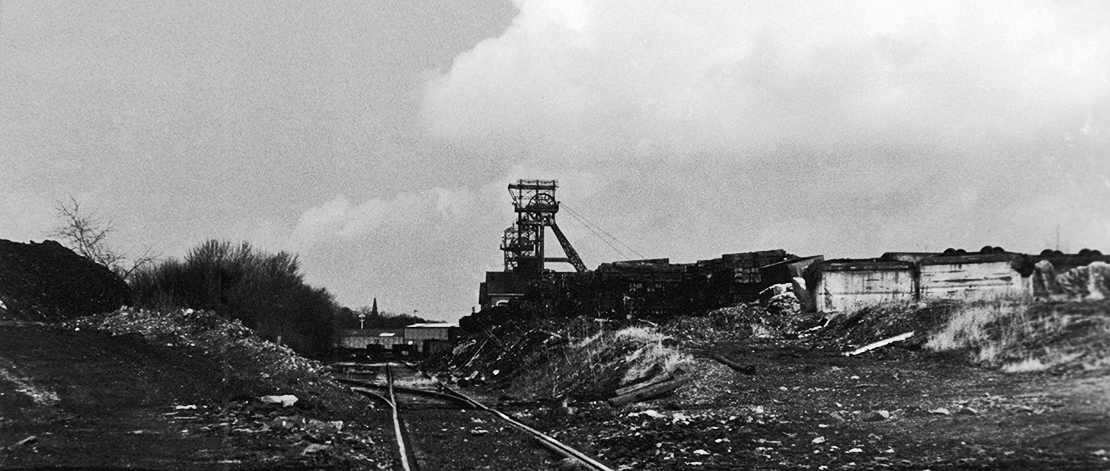
9-9bis, requalification of the mine site
The Oignies coalmine closed down in 1990, leaving an entire population out of work and in great economic disarray. The buildings, superb industrial monuments dating from the early 20th century, remained. What was to be done with them? Apart from the heritage element, what sort of development strategy would be best for the site? These were the questions raised in the definition study begun in 2004. This study was divided into two parts, a programme proposal and a project proposal. We propose converting the whole mine into a place dedicated to music and sound. The project has different levels: a general master plan which places a priority on the need for a mix of functions (cultural, economic, housing, etc.), conversion of the existing buildings, construction of new buildings and a park which will cover the old “timber park” and the slag heap.
Our project is based on the idea of giving the site a positive image through a cultural project, in order to jumpstart the local economy and encourage new businesses to move in and create jobs :
Operate a reversal of image... from the existing heritage and provide links to the larger region to create the conditions for the site to develop. The transformation process requires a refurbishment of the existing buildings, which are retained with all the original machines. The foundations of the project lie in its legacy, symbolic and physical dimensions and the unique character of the site.
... and of use: music! The mine as a workplace was both extremely tough and very lively. Noise, permanent, obsessive and often intolerable, was an inseparable feature of the history of the place. Today, the purpose of dedicating the site to music and sound is to transform what used to be a nuisance into a creative and attractive forward-looking theme.
The project’s ambitions are local, but also national and even international. For this reason, in addition to the revitalised historical legacy, the project needed a contemporary act which would crystallise the site’s new acoustic and musical orientation. To achieve this, we have created a strange and mysterious object of desire, which exists nowhere else: the Metaphone.
Jumpstarting the economy: a small service district is created near the old buildings, and housing is to be built in the former timber park. Within the dynamic of the project, other economic zones are developing.
The first office building, the BT01, is under construction. Its architecture results from slotting a small existing building into a new part which overhangs above the tile roof. The old building is reflected in the facade and underside of the overhang, which are lined with polished stainless steel, creating an ambiguity about the boundary between old and new.
The project’s game rules are clear: all the new buildings are resolutely modern and innovative, while the existing fabric is retained, the facades left as they are, and all the modern internal alterations are reversible, leaving the possibility that the buildings could one day be restored to their initial state. The new functions are installed like a “new layer”, today’s layer, with the roughness and beauty of the spaces being retained. The approach is to “furnish” – the new enclosed spaces needed are treated as large pieces of furniture – and to avoid any ambiguity between the pre-existing and the added. The pithead structures, classified as listed buildings, are monumental and powerful. The machine building will house the reception hall, exhibition rooms and sound gallery, the ballroom and a concert cafe. The rehearsal rooms and recording studios will be installed in the old changing rooms and the “hanging room”. The restaurant will be developed around the machines in the compressor hall, the ballroom around the lift cable drum...
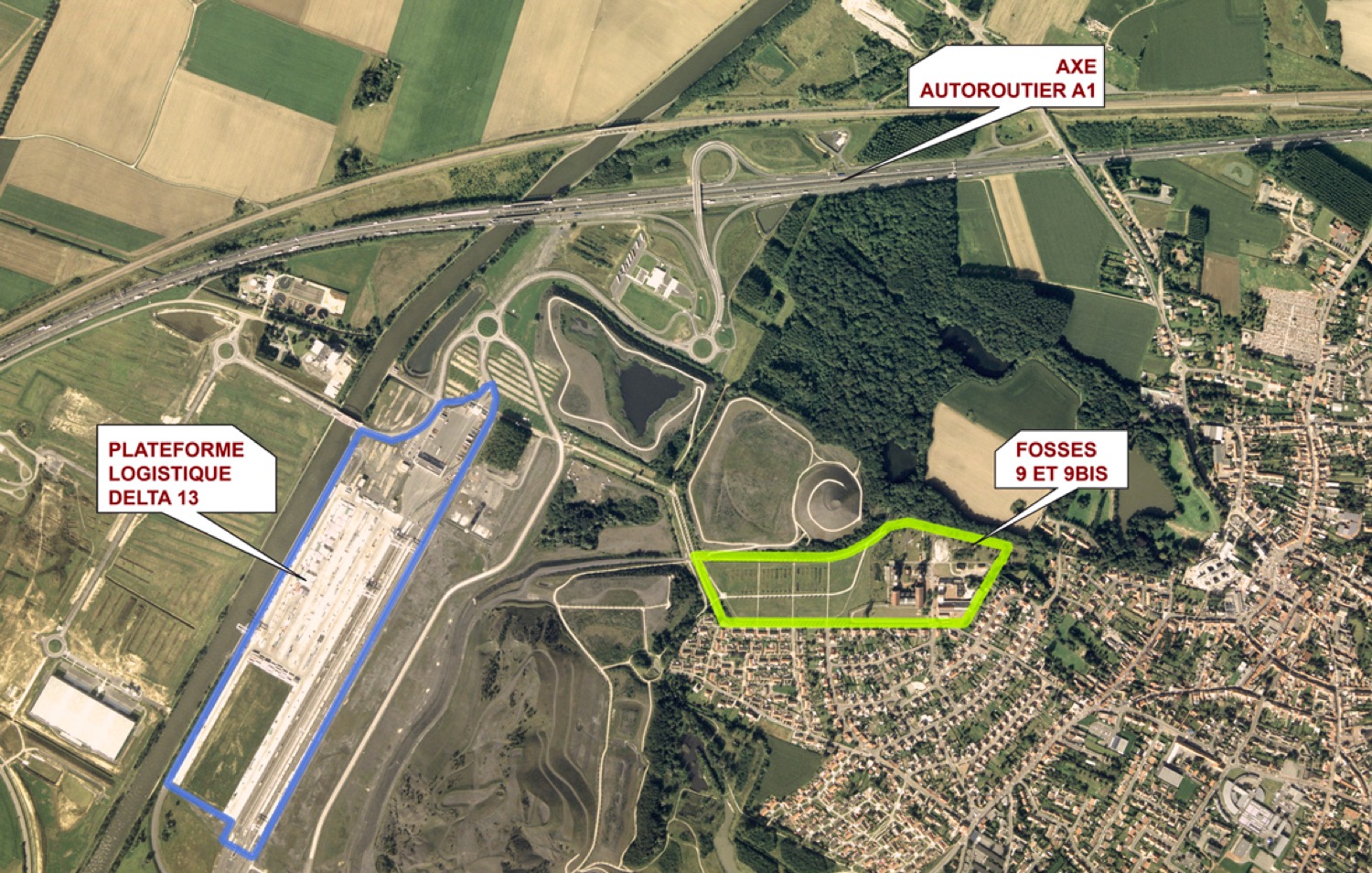
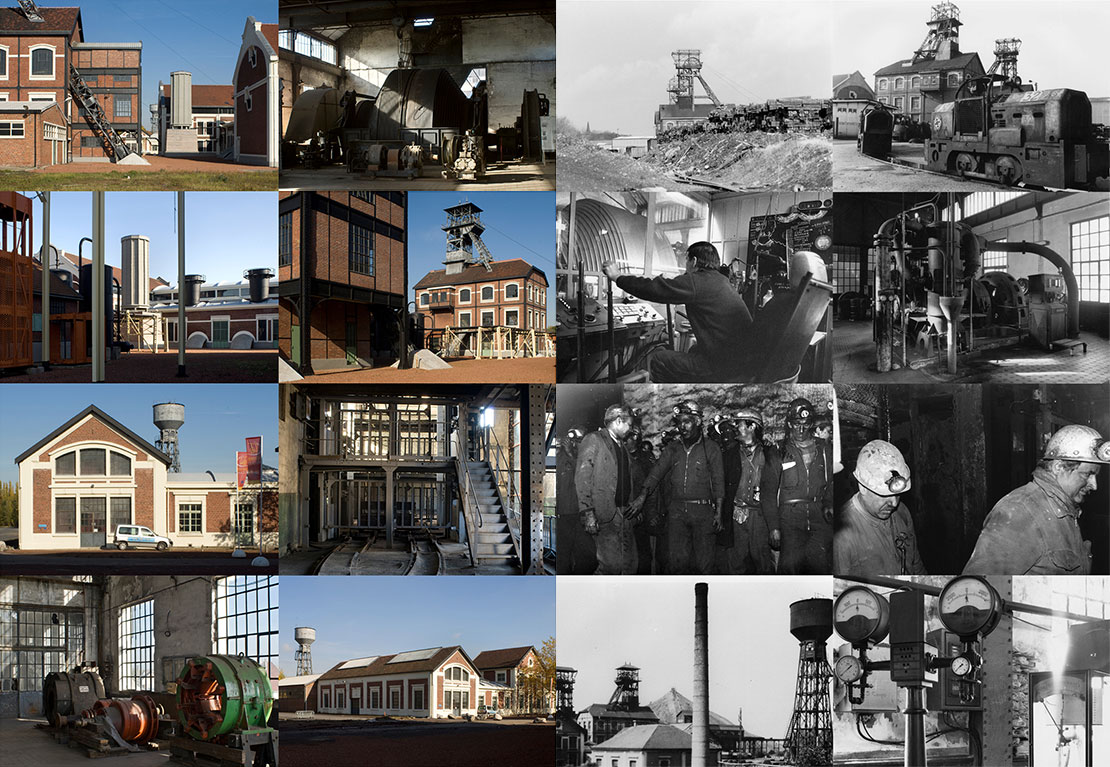
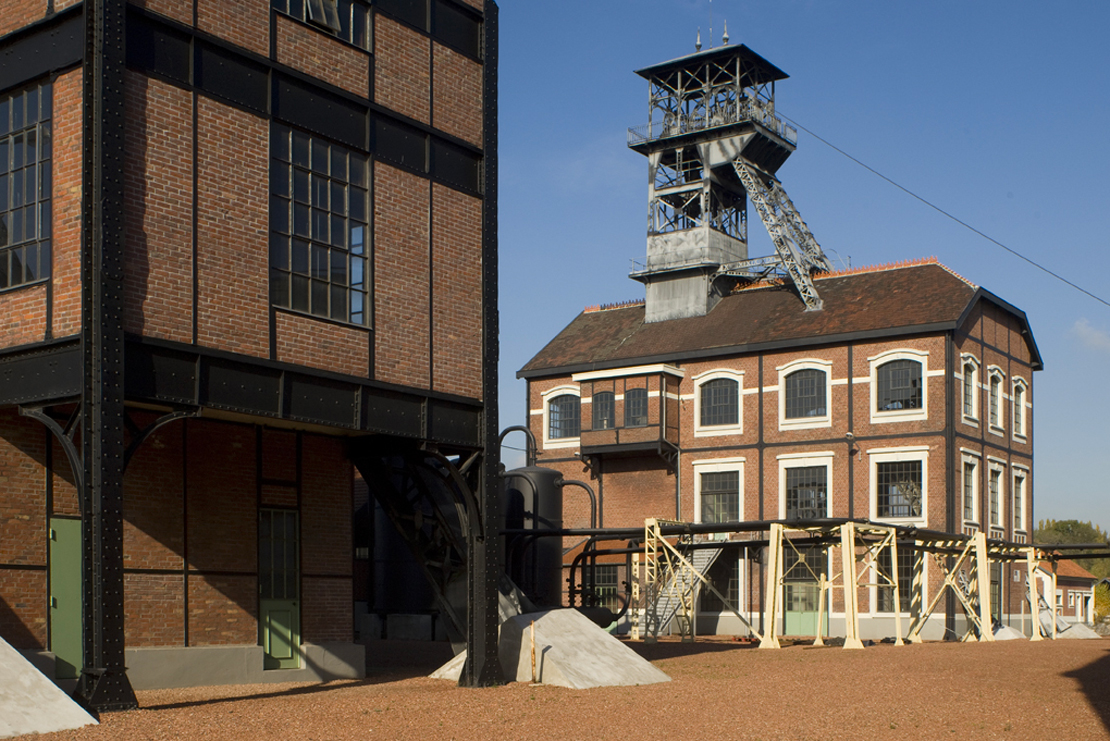
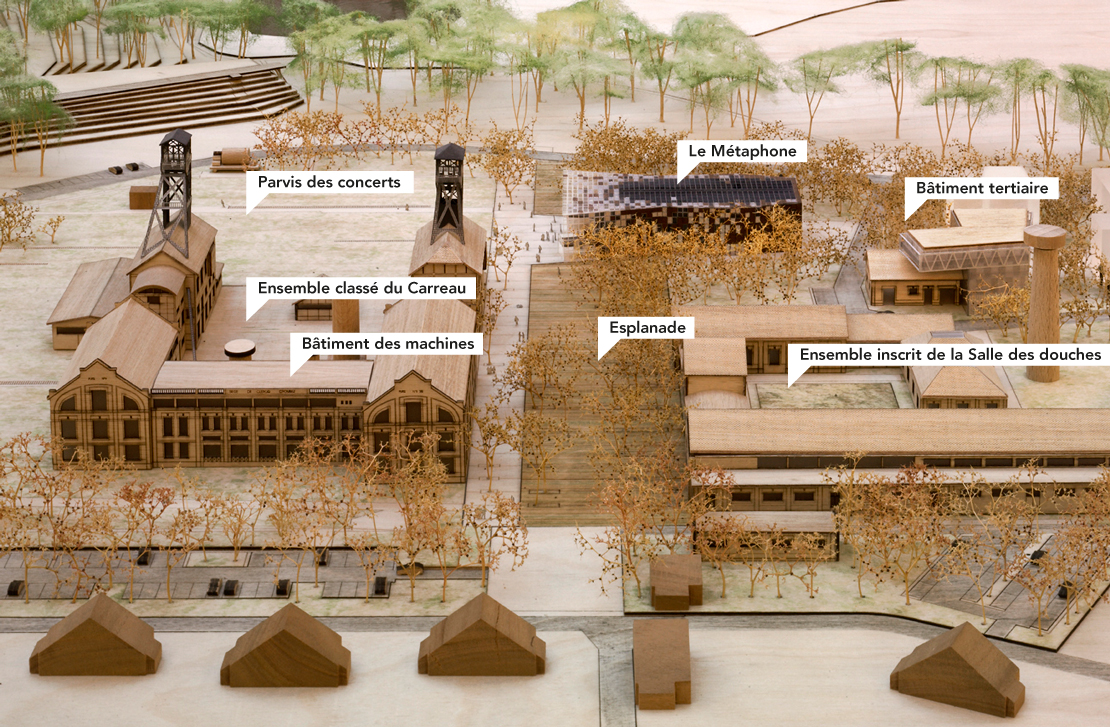
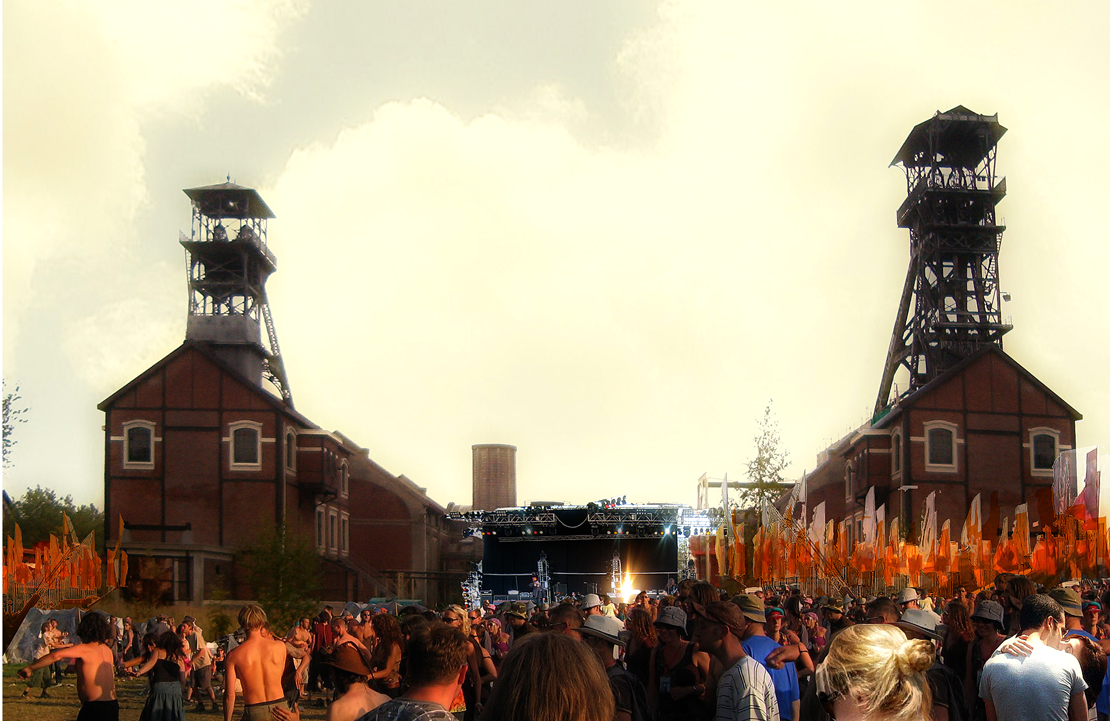
Reconversion de l’ensemble inscrit de la Salle des douches
Reconversion de l’ensemble inscrit de la Salle des douches


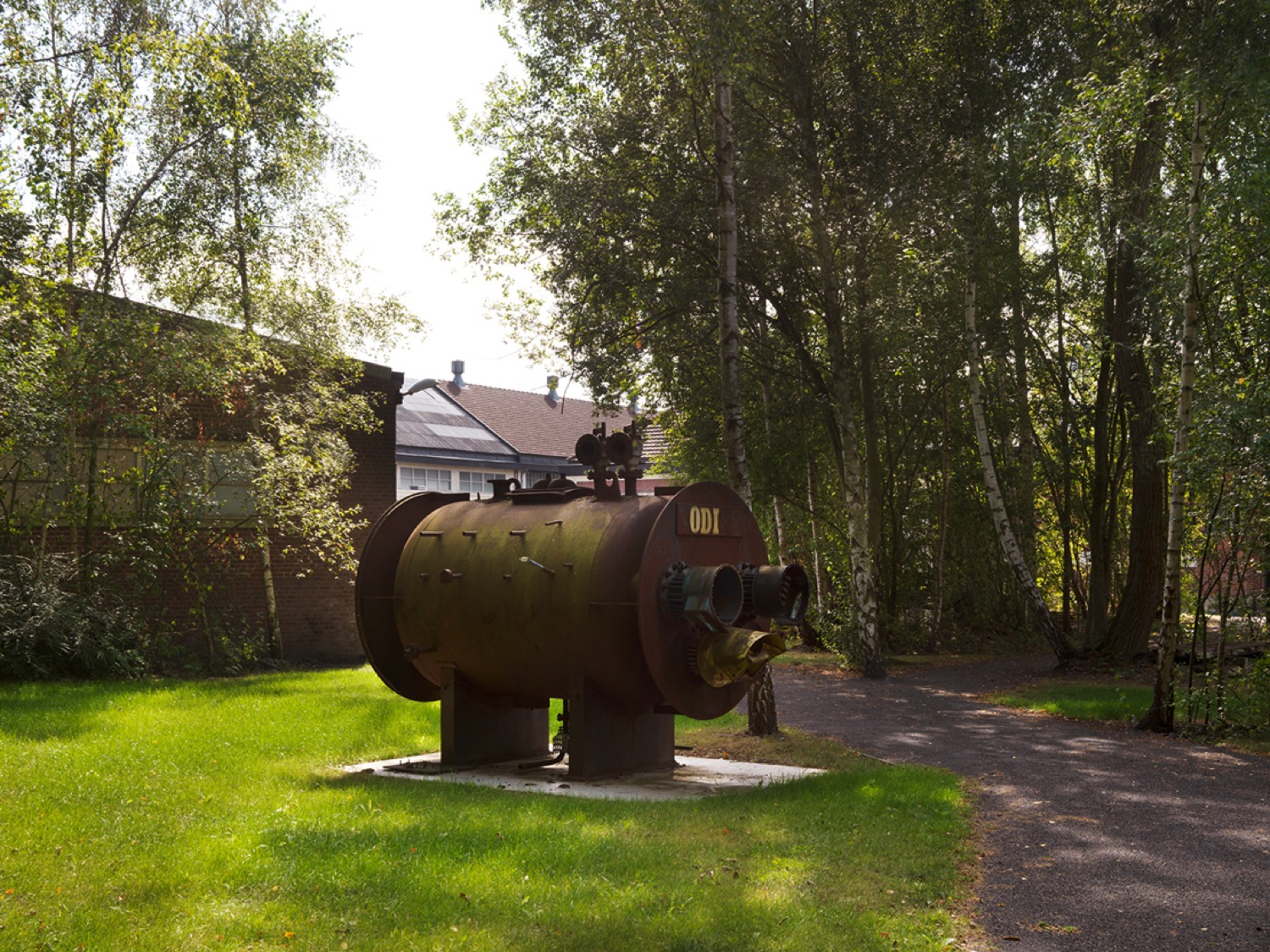



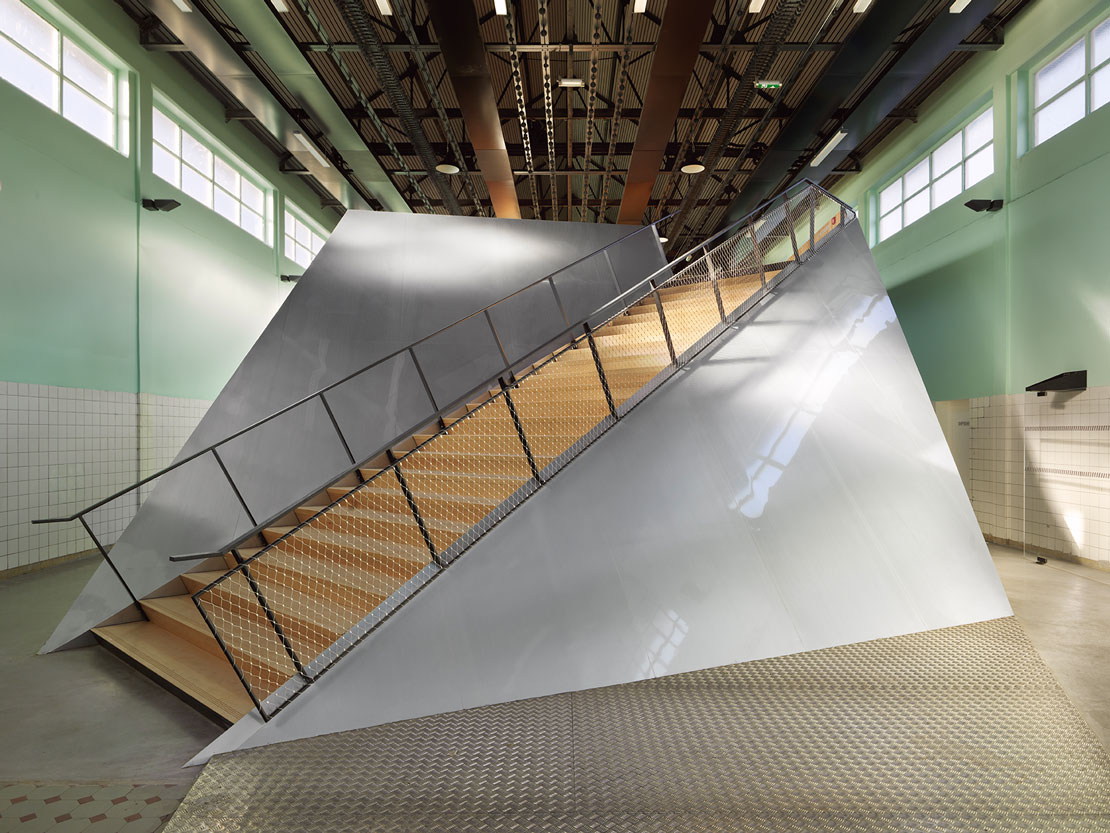
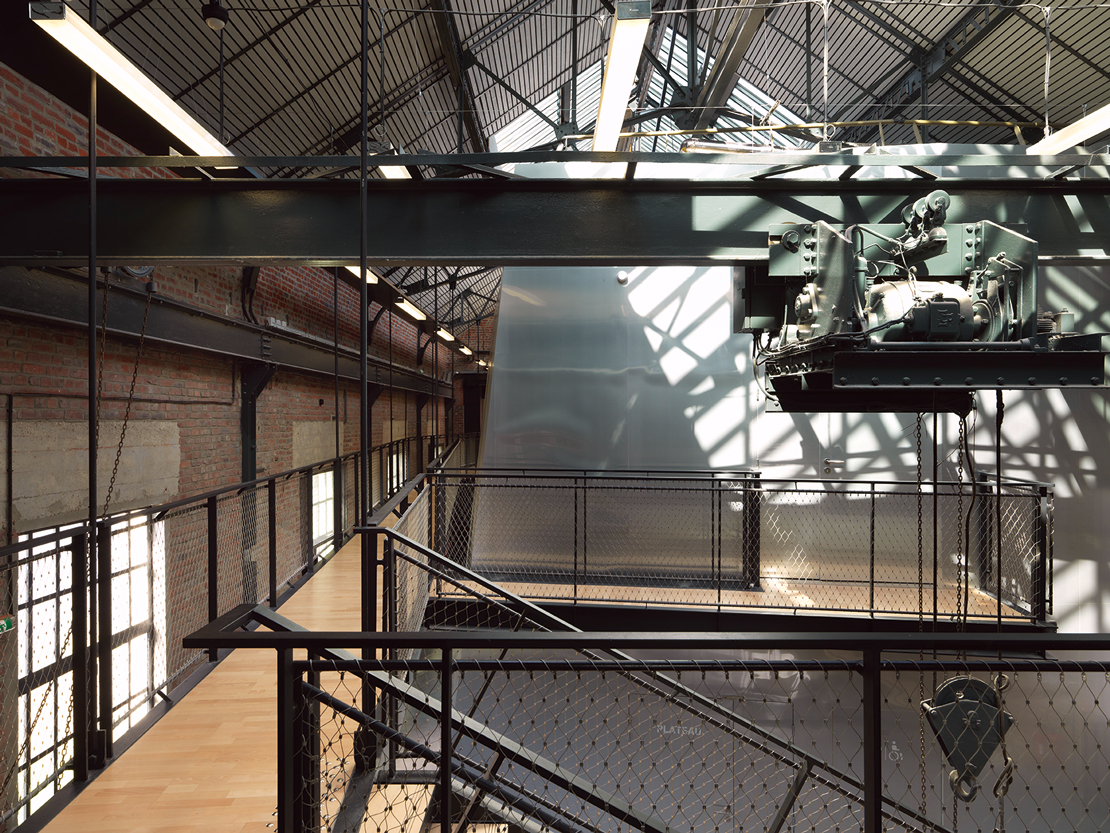


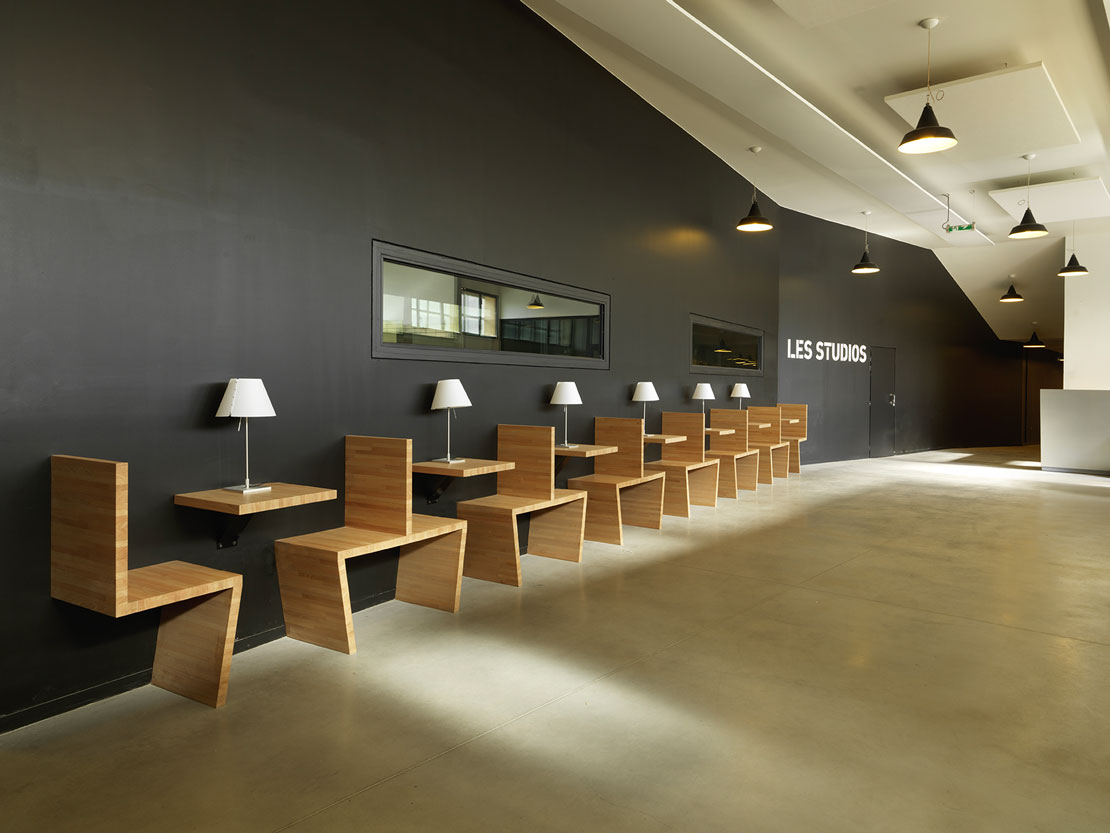
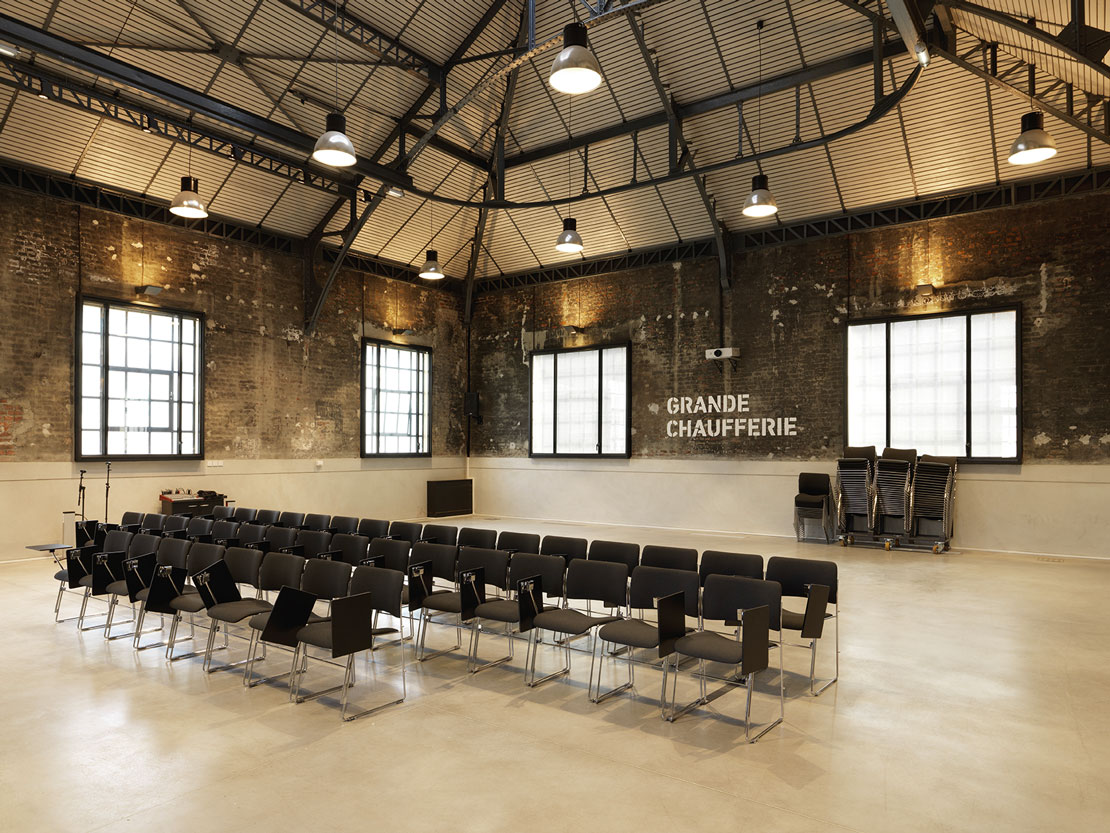
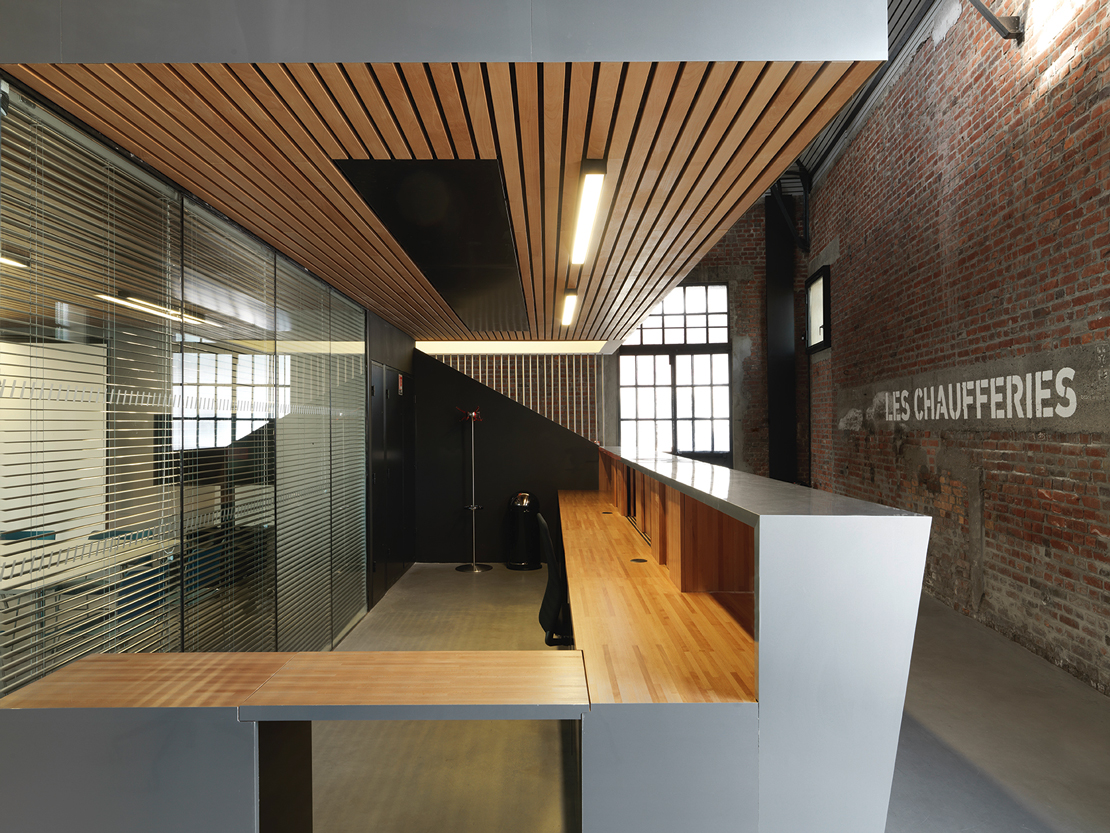
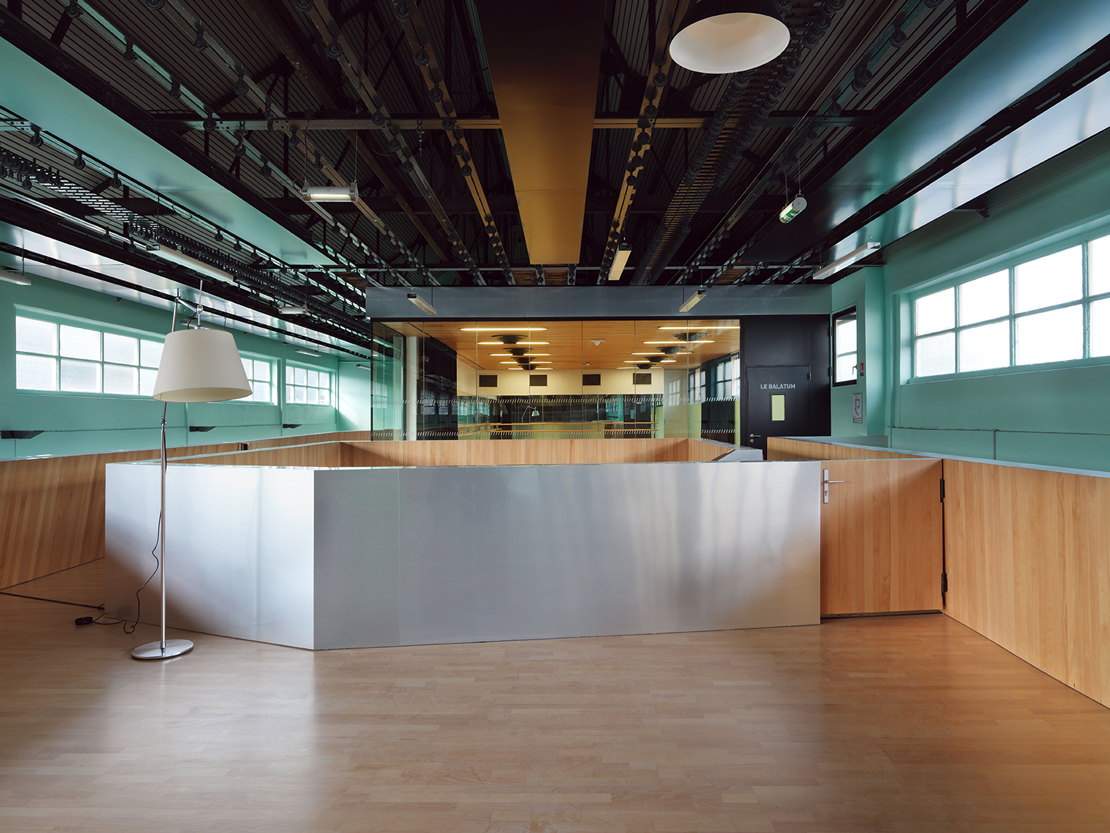
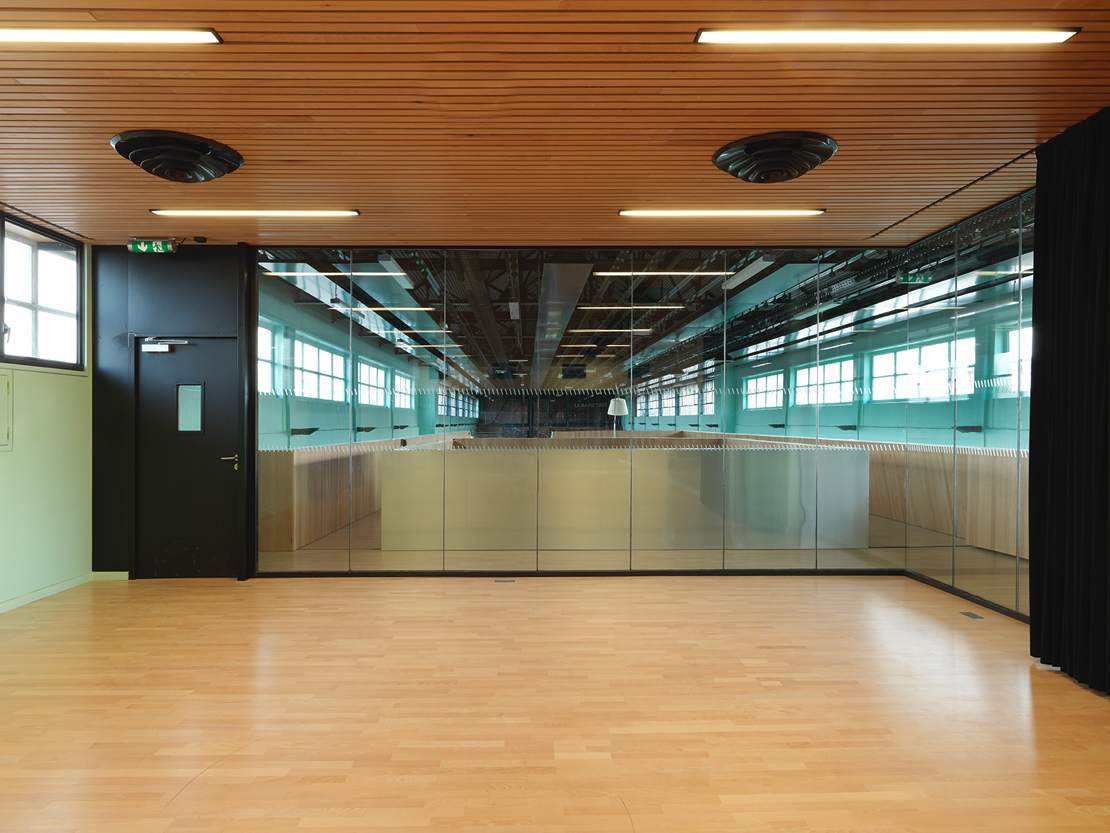
Projet de reconversion du Bâtiment des machines
Projet de reconversion du Bâtiment des machines
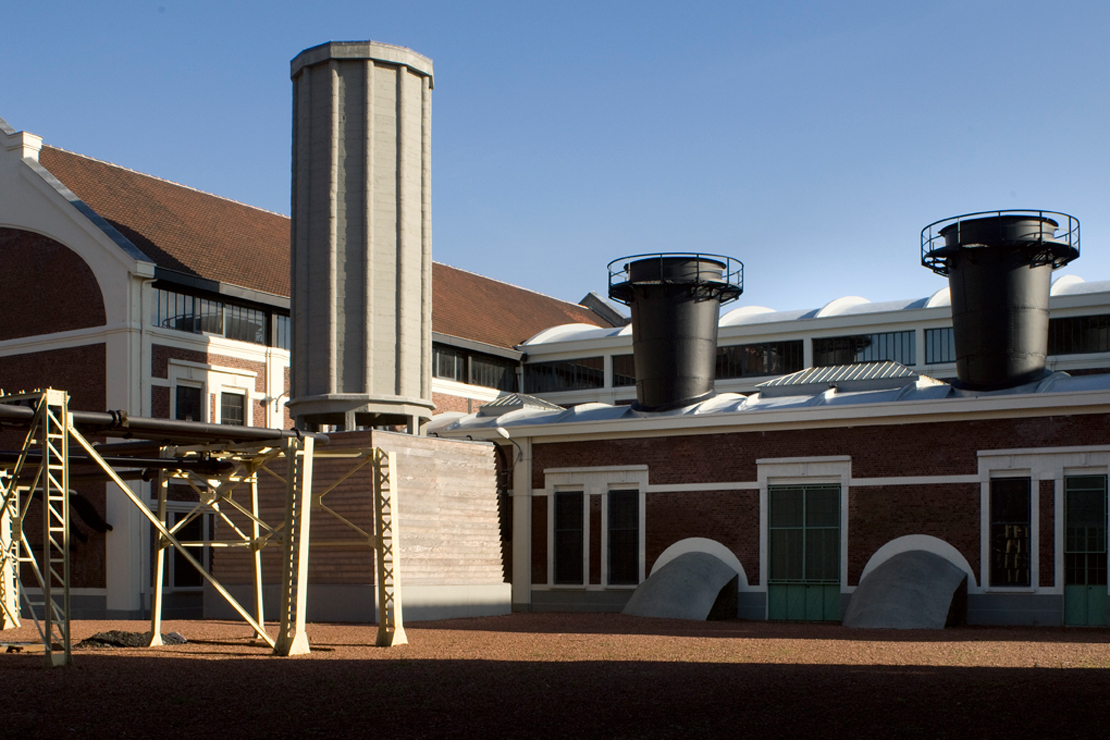




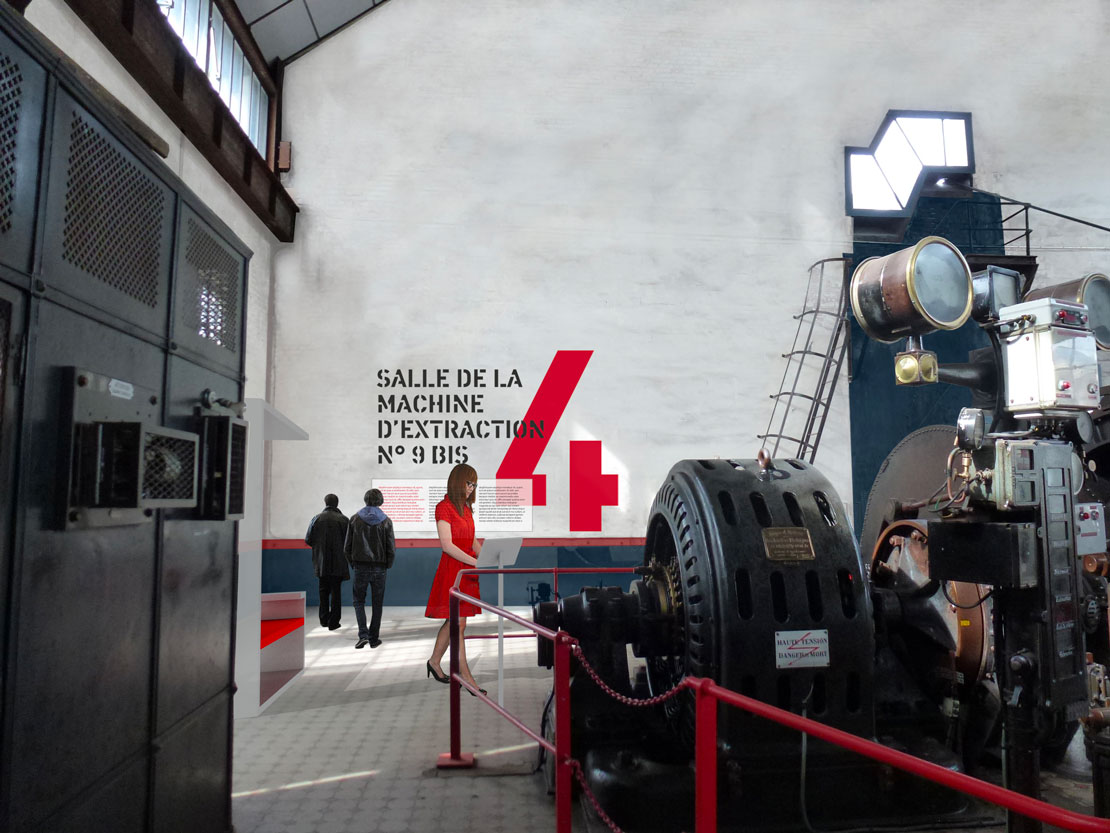
Location
Mine 9-9bis – Oignies Pas-de-Calais (62) listed as a UNESCO World Heritage site
Client
Communauté d’Agglomération d’Hénin-Carvin
Surface
7,330 sqm renovated building
3,365 sqm new building
Estimated cost
€27.2 M excluding VAT including landscape and the Métaphone® project
Project Team
Hérault Arnod Architectures, design and project supervisor
TC1 - BT01 : William Tenet, project manager
TC2 : Matthieu Ballarin and Laetitia Capuano, project managers
TC3 : Matthieu Ballarin, project manager
TC5 – Le Métaphone® : Martin Le Bourgeois and Florent Bellet, project managers
Partners
Café Programmation, programming
Michel Forgue, economics
Cap Paysages, landscape
Ducks Scéno, scenography
Diasonic / Louis Dandrel, composer
Maurice Auffret, acoustic
Atelier H. Audibert, lighting
Batiserf, structure
Nicolas Ingénierie, hvac
Nadine Salabert / Altermuseo, museography planning (TC3)
Gérard Plénacoste, graphics
Pierre Marchand, architect of the National Heritage Committee (TC3)
Schedule
Competition december 2005
TC1 : Landscape delivered 2013
BT01 : Office building delivered january 2010
TC2 : Salle des Douches project delivered octobre 2016
TC3 : Bâtiment des machines project end of studies
TC5 : Métaphone® project delivered june 2013
Program
Refurbishment and conversion of the quarry’s listed buildings (machines building and ancillary structures): dedicated music premises (rehearsal and broadcast rooms, recording studios, concert cafe, musical resource centre) and sound centre (acoustic gallery), restaurant, festival room, rooms for permanent and temporary exhibitions
Refurbishment and conversion of registered buildings (former administration and changing rooms): music school, studio and TV studio, seminar rooms, offices
New buildings: concert hall (Métaphone), industrial hotel
Park with acoustic itinerary
Prototype of the musical facade
Louis Dandrel, design
Luc Moreau and Sylvain Ravasse, installation
Model
Atelier Fau
Hérault Arnod Architectures
Images
Labtop-rendering
Hérault Arnod Architectures
Photos
André Morin
Altimages (arial view)


